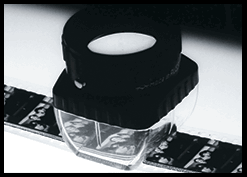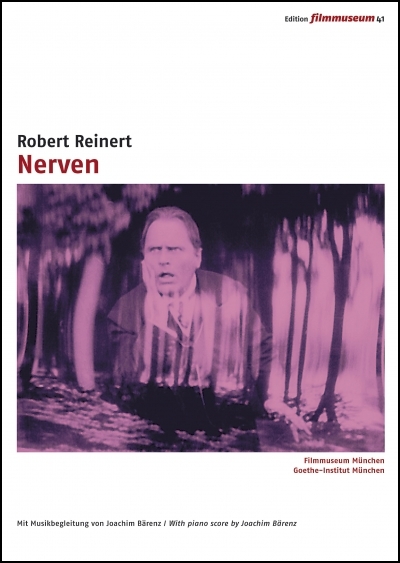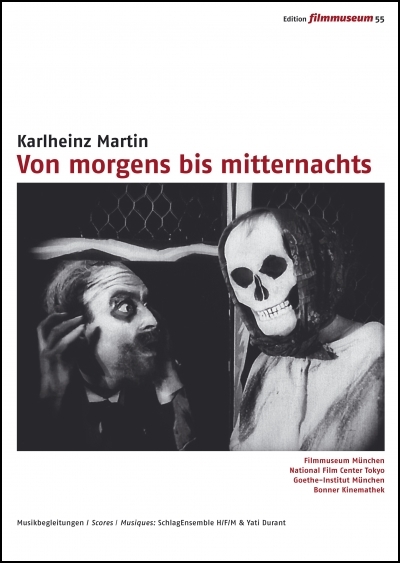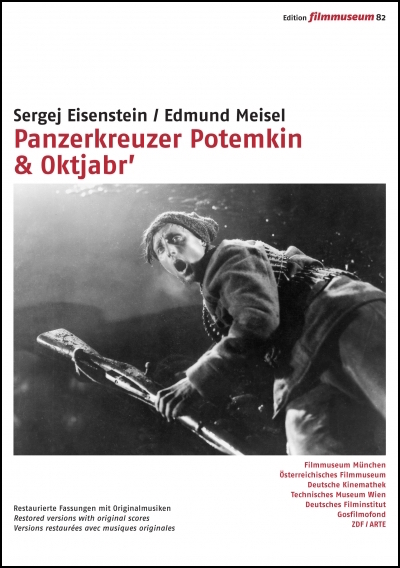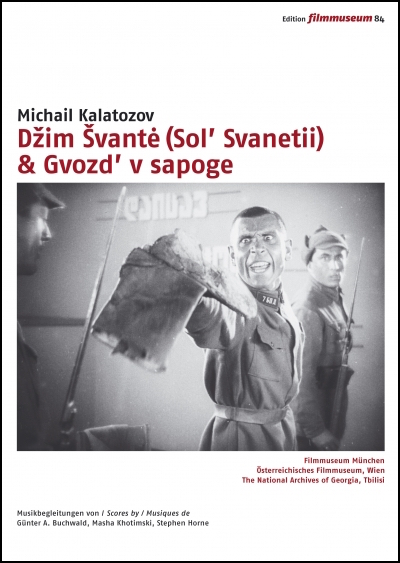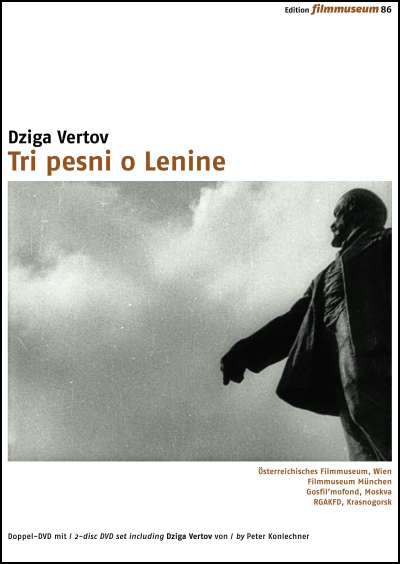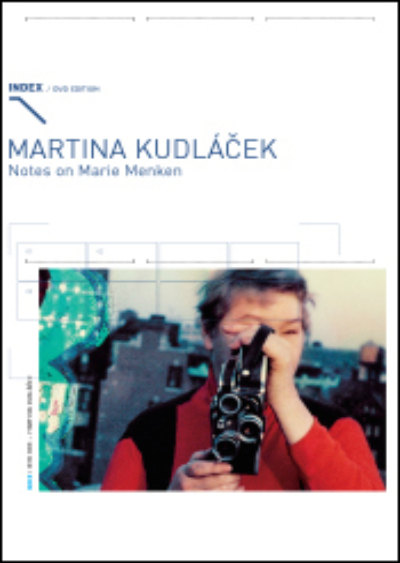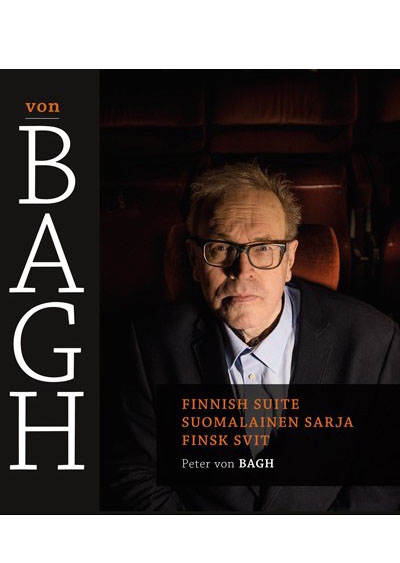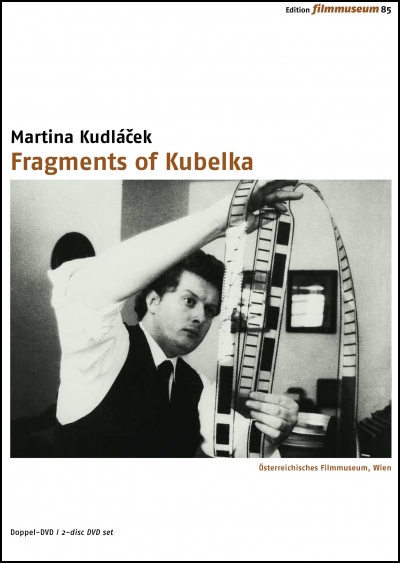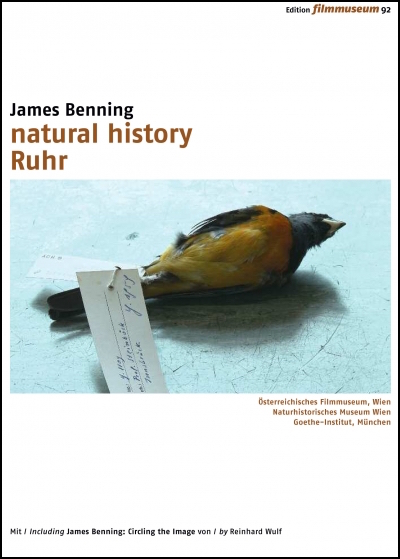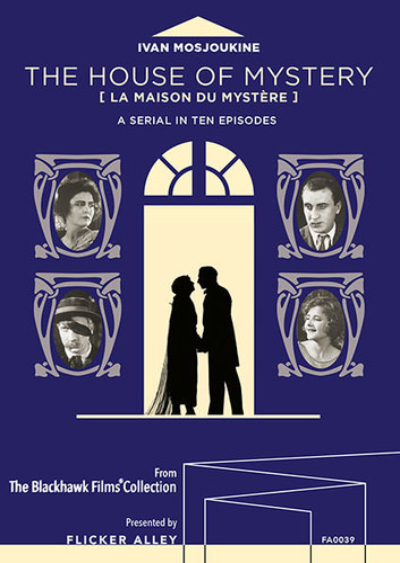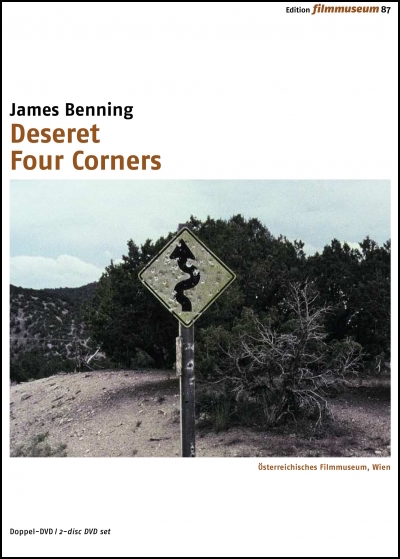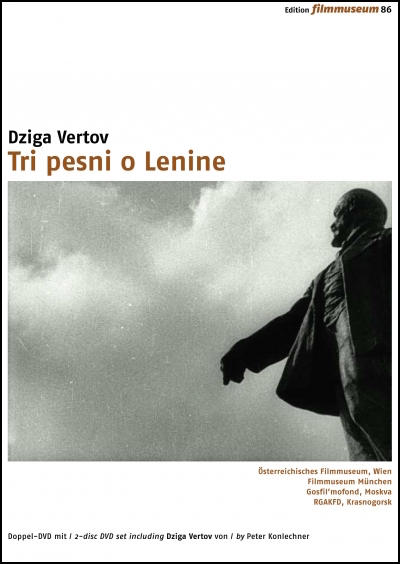With the upcoming fall academic season rapidly approaching, Gartenberg Media Enterprises is pleased once again to provide a recap of our slate of DVD and Blu-ray publications that we've offered during the Spring semester. These publications, selected from film archives and boutique presses worldwide, represent an entire century of cinematic history, ranging from the silent French serial THE HOUSE OF MYSTERY (1919) to the latest digital production of experimental artist James Benning (NATURAL HISTORY, 2014).
Serial films, or ciné romans were well-established in France before World War I, where they are most closely identified with writer-director Louis Feuillade (see JUDEX, also distributed by GME). We now present (also from Flicker Alley) the silent serial entitled THE HOUSE OF MYSTERY (1923), produced by Albatros Studios, a company founded by émigré filmmakers in Paris following the Russian revolution (see also FRENCH MASTERWORKS: RUSSIAN ÉMIGRÉS in Paris (1923-1929). The serial THE HOUSE OF MYSTERY, directed by Alexandre Volkoff, and starring the versatile actor Ivan Mosjoukine, is based on a novel by Jules Mary centered on the theme of the miscarriage of justice; the film is replete with stylish elegance and narrative imagination. In the vein of Russian serials, GME has previous released MISS MEND (1927), an adventure serial in three parts directed by Fedor Ozep (assisted by Boris Barnet).
Parallel to the foundation of the Albatros Studios, the 1920s saw the apotheosis of Soviet filmmaking. GME currently feature several new DVD publications under the label Edition Filmmuseum; they are produced by the film archive in Vienna, which is noted for its significant holdings of Soviet-era films. This archive is especially noted for its meticulous research and presentation of DVD editions of Soviet filmmakers’ works that often allow comparisons of different versions of the same film. From the EFM/Vienna, GME has previously released Lev Kuleshov’s BY THE LAW and Dziga Vertov’s early sound masterwork, ENTUZIAZM.
These releases comprise works by 3 of the great Soviet filmmakers: Sergei Eisenstein (BATTLESHIP POTEMKIN / OCTOBER) Dziga Vertov (THREE SONGS OF LENIN), and Mikael Kalatozov (SALT OF SVANETIA / NAIL IN THE BOOT). Kalazatov is better known for his Soviet films of the 1950’s and 1960’s – THE CRANES ARE FLYING (1959), LETTER NEVER SENT (1959), and I AM CUBA (1964); this DVD edition presents two of his early, pioneering silent films – SALT OF SVANETIA an austere depiction of peasant life in the inhospitable terrain of the Caucusas mountains and NAIL IN THE BOOT, a biting parable of negligence in wartime. Vertov’s THREE SONGS OF LENIN is the filmmaker’s poem to the founder of the Soviet Union, and this DVD edition including both the silent and sound versions of the film). Eisenstein’s masterpieces POTEMKIN is presented in painstakingly restored German-language versions (both silent and sound), and OCTOBER highlights the original release together with fragments from the version distributed in Germany; all editions feature the accompanying scores by Austrian-born composer Edmund Meisel. For additional Soviet titles distributed by GME, see LANDMARKS OF EARLY SOVIET FILM.
Austrian native Martina Kudláček has established a unique filmmaking legacy by creating discursive documentaries on experimental cinema personalities that have included Maya Deren (IN THE MIRROR OF MAYA DEREN [2002]) and Alexander Hammid (AIMLESS WALK [1997]). GME is pleased to present the release of DVD editions of Kudláček’s two most recent films, NOTES ON MARIE MENKEN (2006) and FRAGMENTS OF KUBELKA (2012). In a discursive yet deliberately paced style, Kudláček creates indelible portraits of the creative and impactful filmmakers Marie Menken (1909-1970) and Peter Kubelka, who is still active making films on celluloid film stock.
NOTES ON MARIE MENKEN brings into focus the underground film icon Marie Menken, best known for her role as a protagonist in Andy Warhol's CHELSEA GIRLS (1966). Beginning with the excavation of Marie's rusty film cans, old photographs, and papers housed in a storage locker, Kudláček brings Menken vividly back to life through clips from her films and conversations with her creative compatriots, especially fellow artist Gerard Malanga.
Several years in the making, Martina Kudláček’s 4 hour essay film FRAGMENTS OF KUBELKA runs four times the length of artist Peter Kubelka’s entire cinematic output. She patiently follows his daily rituals and creative life (from cooking to filmmaking), and thereby provides a unique window into Kubelka’s world view in which he patiently digests “the manifold things of the universe” (Tom Gunning).
James Benning’s distinctive work has primarily focused on the depiction of landscapes through the passage of time, layered with offscreen sound and on occasion with superimposed text. From 1971 until 2007, James Benning shot these films uniquely in 16mm; this body of work has been heretofore unavailable in digital format. Recently, under a longstanding partnership with the Vienna Filmmuseum, his films are being made available in high quality DVD editions. GME has previously released 3 of these publications – AMERICAN DREAMS (LOST & FOUND) / LANDSCAPE SUICIDE, CALIFORNIA TRILOGY, and CASTING A GLANCE / RR. We now offer the latest DVD edition of Benning’s work, entitled DESERET / FOUR CORNERS, that continues his investigation into landscapes of the American West, and between the visual image and the spoken or written word. In 2007, Benning abandoned celluloid filmmaking – primarily due to increasing problems with laboratory work and film projection. and turned, in partnership with German production company, digital work (motivated by problems in laboratories and projection). In this vein, GME presents the DVD edition NATURAL HISTORY / RUHR, comprising Benning’s very first digital production, RUHR, a modern day city symphony set in the industrial region of Germany, together with NATURAL HISTORY, a portrait commissioned by Vienna’s Natural History Museum.
Peter von Bagh, an award-winning filmmaker, writer, critic, and programmer, who recently passed away at age 71, was one of the foremost authorities on international cinema . His extensive and unique body of work include some 50 films and 30 books. In homage to this brilliant figure of international cinema, GME is honored to represent the distribution of a package of his films. THE FINNISH SUITE includes three documentary feature films that make up an important part of von Bagh's works in the 21st century. HELSINKI, FOREVER (2008) is a portrait and city symphony of the White City of North; SPLINTERS – A CENTURY OF AN ARTISTIC FAMILY (2011) explores the story of Finnish art through a versatile family of artists, without forgetting wider links to European cultural currents; and REMEMBRANCE – A SMALL MOVIE ABOUT OULU IN THE 1950'S (2013) is the director's most intimate film in which he returns to his youth and his hometown of Oulu. The city is located in Northern Finland, and yet it could be anywhere in war-torn but forward-gazing Europe. In this trilogy of films, Peter von Bagh creates both an extraordinarily personal – yet at the same time universal – meditation about cinematic time, space and memory.
◊
Watch for our upcoming Fall releases!

